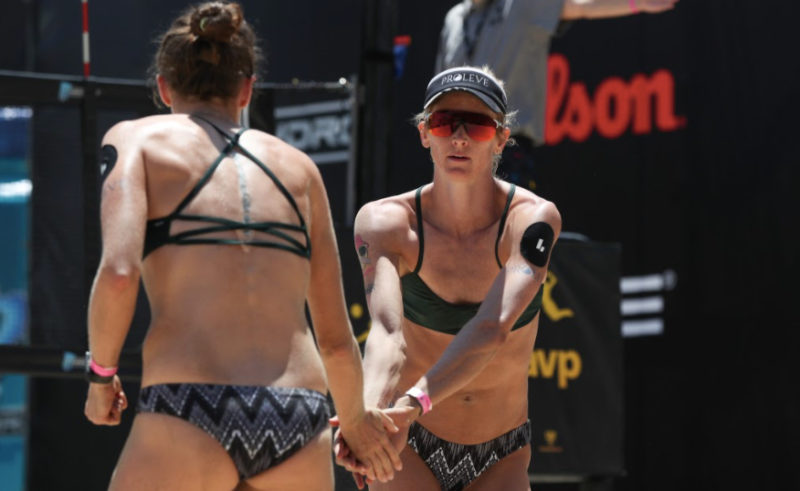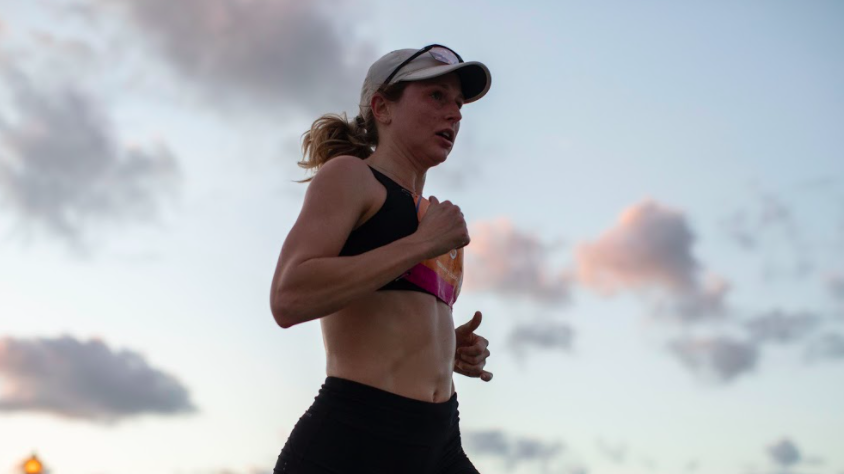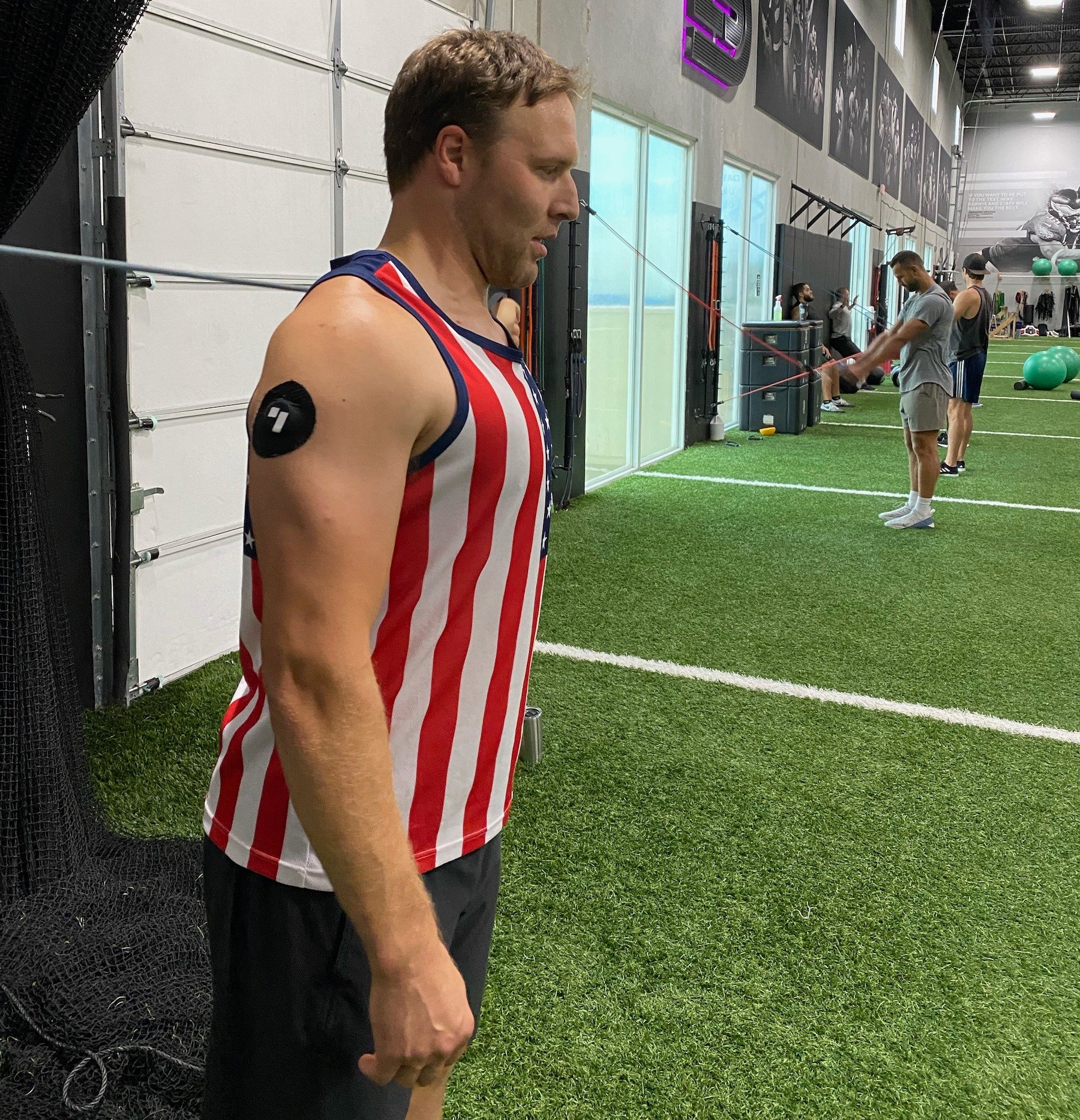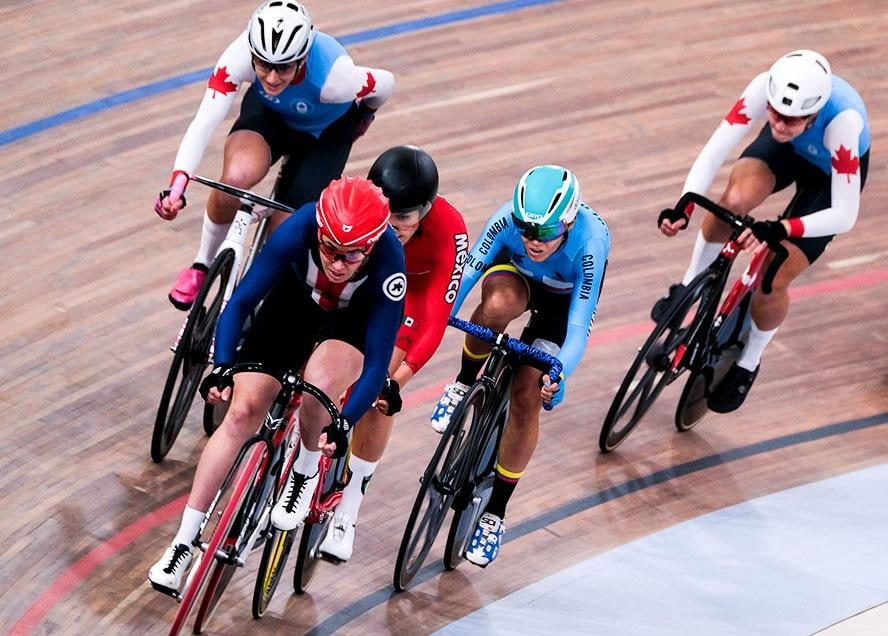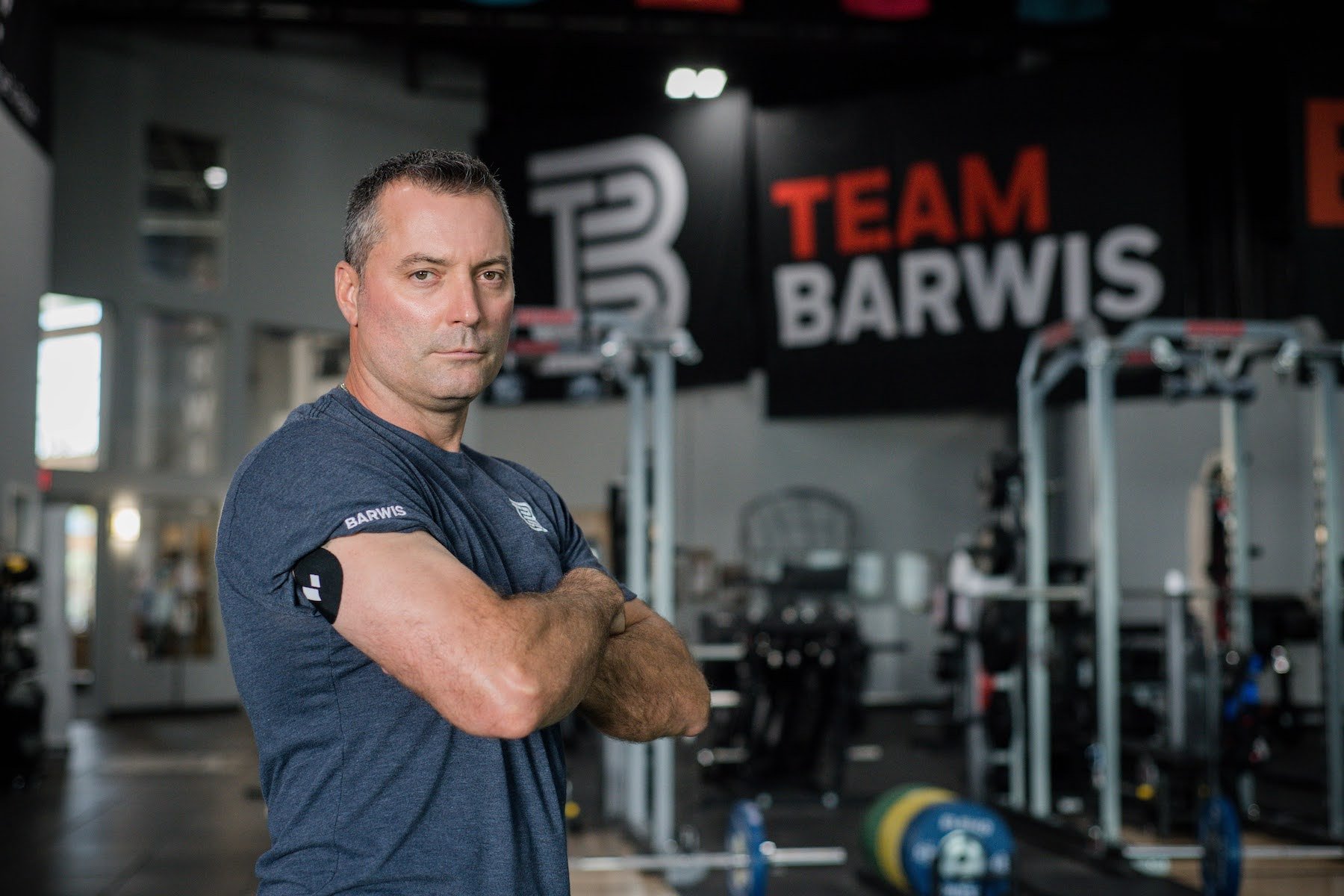Health is freedom
We’ve both been in the sports/volleyball industry for over 10 years and are currently professional beach volleyball players competing on the AVP and FIVB tours. If there is one thing we know to be true, it is that health is freedom. It’s the confidence that your body will allow you the energy, strength, and mood to do the things you want to do every day. The more you learn about your own health, the more you can control. This past year, we’ve been using Levels to track and optimize our blood sugar levels with wearable continuous glucose monitors paired with their software. This experience has deepened our understanding of our bodies and taught us how we can use our diet to have more energy and a better mood on a daily basis.
“This experience has deepened our understanding of our bodies and taught us how we can use our diet to have more energy and a better mood on a daily basis.”
Before working with Levels, we had no idea where our blood-glucose levels stood, or even why they mattered. It seemed like that was only something that people with diabetes or who were pre-diabetic measured. We didn’t realize the importance of maintaining consistent glucose levels for individuals who were seeking optimal health and performance.
More specifically, we didn’t realize the positive health impacts that limiting glucose spikes can have on our bodies. Stable glucose levels can contribute to high functioning immune systems, increased energy levels, stable moods, fat-burning ability, and lower risk of chronic diseases like diabetes, heart disease, Alzheimer’s, and stroke, to name a few. That’s just a little bit of the WHY behind the relevance and importance of glucose monitoring.
Though we didn’t meet until we were in our 20s, we both grew up in active families playing multiple sports and had hard-working role models and athletes in our lives that we sought to emulate. Neither of us was heavily interested in “health” in our younger years because we generally felt healthy. Both of us led extremely active lifestyles, avoided getting sick except for the common cold, had a good relationship with sleep, and ate well-balanced meals always including veggies.
Even though she was an athlete, Kim never really took an interest in her health until college when she started noticing that compared to other collegiate athletes she wasn’t as strong, fast, focused, or energetic. This led her to study nutrition in college, explore meditation and yoga, learn all kinds of rehab/fitness/movement styles, and experiment a LOT with her diet.
Sarah developed more of an interest in nutrition and food specifically, after college, when she spent three years living in Europe while playing volleyball. There was an obvious lack of prepared foods and fast foods compared to the US. She started to explore more with whole foods, meal prepping, and became a little obsessed with anything “FRESH”. Fast forward through all of this exploration throughout our college and professional careers to the moment we discovered continuous glucose monitoring and Levels – the moment we found that missing link that could better connect our food choices with performance.
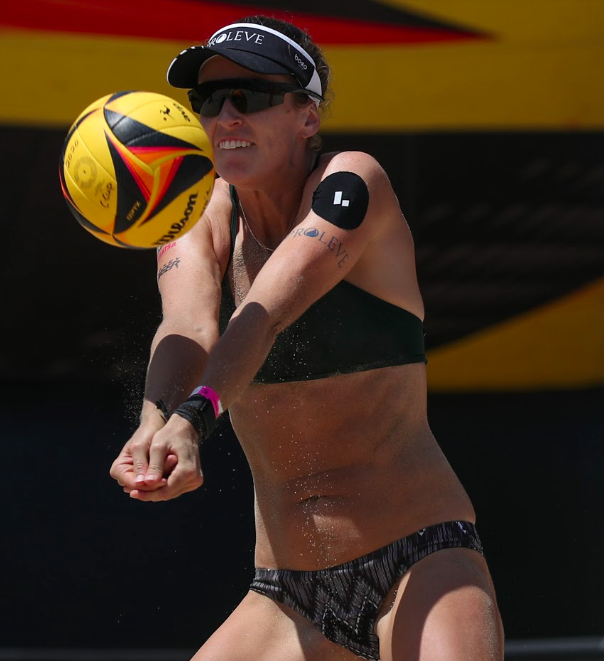
Our experience with CGM
Sarah
I assumed my glucose levels would be within a normal and healthy range (70-110 mg/dl) the majority of the time. Big surprise to me, that wasn’t the case!
I will say that my fasting levels remained very consistent and within range throughout the night. Okay, check. I also learned that I spike pretty high during intense training sessions and especially during matches. (Which makes sense, because exercise triggers the body to release stress hormones like adrenaline and blocks insulin production). But my body quickly returns to normal levels shortly after. However, this is where I find my glucose levels get a little wacky. It starts with how I refuel my body after morning workouts – I am usually on the go and don’t have a lot of time to cook a meal from scratch, so I just reach for whatever is quick or readily available (pasta, rice, bread, potatoes), especially at lunchtime. Post-exercise carbs spiked my glucose, and so I ended up being on a roller-coaster of spikes and dips all day. What I learned through the Levels program was how to pair those carbs with fats and protein to level-out those spikes, so that the rest of the day it was smooth sailing.
Kim
I started noticing that oatmeal for breakfast spikes my glucose levels and subsequently crashes those levels (due to the insulin response) into the hypoglycemic (too low) range, sometimes for hours! If I train immediately after breakfast, no big deal because the energy I need to sprint and jump around in the sand soaks up all of that immediately-available glucose from my oats. However, if I DO NOT train right away, like when I have a later practice or when practice gets canceled due to rain, etc, all of a sudden first thing in the morning I am SO tired and usually hungry again two or so hours after breakfast. Before I knew about myglucose level response to oatmeal, I would just attribute it to a bad night of sleep or too much training and make sure to make time for a late-morning nap. More importantly, I started noticing on tournament days that if I have a late morning or afternoon first match, that by game time I would feel shaky and feel my heart racing – which I had always attributed to game-day nerves.
For reference, here are some of the symptoms of LOW blood sugar:
– Feeling hungry
– Sweating
– Feeling shaky or trembling
– Dizziness
– Feeling tired
– A fast or pounding heartbeat (palpitations)
– Irritability/moodiness
Ever noticed these throughout your day? This was a huge breakthrough for me as an athlete. My mornings needed to be the most productive part of my day – and with Levels, I realized I was killing them due to my body’s response to my favorite ‘healthy’ go-to breakfast staple. I was also hindering my game-day performance by putting my body into hypoglycemic glucose levels – worst case scenario!!
Increased performance and mindfulness
Levels’ technology has been crucial for our training as elite athletes and has also helped us understand how to have a better and more productive day-to-day life. It has also contributed to our mindfulness, by allowing us to see in real-time the effect of our workouts and nutrition on our bodies. It allowed us to notice how our mood and energy levels coincide with our glucose levels and begin to develop mindfulness about the actual effect that has on our lives.
Even if you don’t have the ability to accessLevels, we would encourage you to start taking note of how what you eat affects your energy levels and mood. Eat the same thing for breakfast every day for a week, and try to get the same amount of sleep – notice any mid-morning crashes, hunger, or mood swings? You might be at the mercy of your body’s glucose response. The coolest thing about it is – you can control it! You’re more in control of your health and day than you think, and the best thing you can do for your life is experiment with your health. The more you learn, the more freedom you will find in a deeper understanding of the body. Our experience with Levels gave us more freedom on our journey to finding optimal health, live happy lives, and excel in our careers as athletes.
